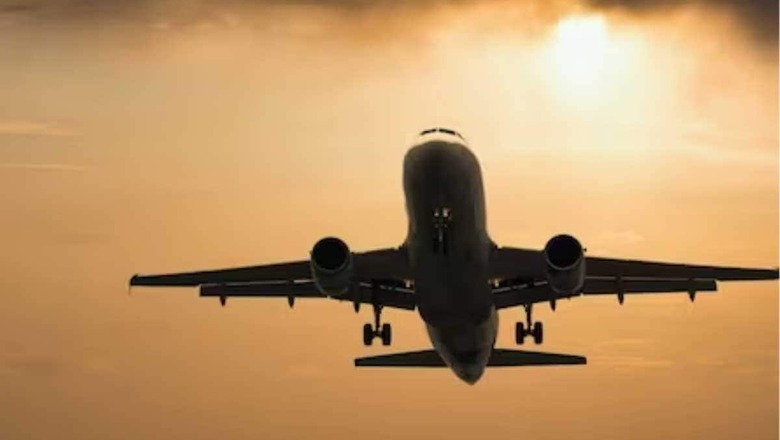
views
Incidents of heavy turbulence on flights have increased across the world in the last few years and a new study indicates that such instances may increase in future due to the climate change impact. According to a Wall Street Journal report, flights headed to Honolulu, Tampa, Fla, and Frankfurt in recent months were one of the latest severe incidents of heavy turbulence on flights in which a few passengers and crew ended up in the hospital with injuries.
The pilots of passenger flights every year report an average of more than five thousand encounters with greater turbulence and this number is only increasing due to climate change, according to a Business Insider report.
A recent study by the scientists at the United Kingdom’s University of Reading, published in the Nature journal, the flight turbulence could only become more common, tripling in frequency between 2050 and 2080.
The scientists believe that in the coming years, severe cases of in-flight turbulence may rise because of the patterns of severe weather conditions across the world.
The report states that while it is very rare that an incident of air turbulence could be fatal for someone, on March 4, a passenger on a business jet passed away during severe turbulence. An aircraft undergoes turbulence when it faces any irregular and unexpected change in air movement, which affects its altitude and motion.
According to aviation experts, the primary causes of the turbulence include atmospheric pressure, storms and jet streams. Before the plane starts to jolt, the pilot takes radar reports from other planes into account to detect the storms and other signs. This helps them in buying some time to turn on the signs for fastening the seatbelts or to make announcements instructing passengers to take their seats. But unfortunately, pilots have to also reportedly cope with clear-air turbulence that doesn’t have visible causes. And this can shake the plane even before the pilots can issue a warning, making it a dangerous one compared to others. In addition, this type of turbulence is increasing because of climate changes.
The sudden change in the wind speed and direction, resulting in the wind shear is the main culprit of clear-air turbulence. Business Insider quoted the chairman of the American Meteorological Society’s Committee on Financial Weather Stephen Bennett as saying, “When the wind is blowing from the west at 100 miles per hour at 30,000 feet and also blowing from the north at only 30 mph at 20,000 ft, or directly underneath, it can be quite turbulent for an aeroplane moving between those two altitudes.”
In layman’s language, high wind shear leads to an unsteady jet stream and faster wind. Since 1979, these have played a crucial role in clear-air turbulence, and fluctuating global temperatures. Surprisingly, so far high wind shear has already increased 15%.
“The increased vertical shear is consistent with the intensification of shear-driven clear-air turbulence expected from climate change, which will affect aviation in the busy transatlantic flight corridor by creating a more turbulent flying environment for aircraft,” the scientists concluded.
Read all the Latest Lifestyle News here



















Comments
0 comment